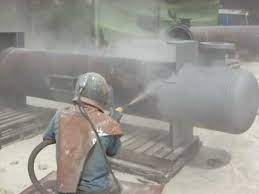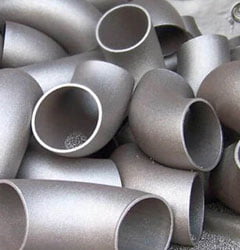introduction of sand blasting

Also known as abrasive blasting, sandblasting is a surface coating process that involves the use of an electric machine – usually an air compressor combined with a sandblasting machine – to spray an abrasive material under high pressure to block the area. It is called “sandblasting” because it blasts the surface with sand. As the sand moves out of the surface, they create a smoother and textured texture. In this article, you will learn more about the surfacing process and how it works.
Overview of Sandblasting
Sandblasting utilizes the abrasive properties of sand to create smoother surfaces with fewer physical imperfections and defects. It’s no secret that sand is rough and gritty. Because of this product, it can be worn on excess or unwanted parts. Sandpaper, for example, has many types of sand. When rubbed on the surface, the sand removes some of the surface material, thus creating a smooth texture. Sandblasting works the same way except using high pressure sand.

How sandblasting is done
The first step to sandblasting is to pour the sand into the sandblasting machine. Sandblasting machines have a chamber at the top where the sand is poured. The sandblasting machine is then connected to an air compressor which, when activated, propels the sand out of the holder. Depending on the location, the pressure of the sand will be anywhere from 50 to 130 pounds per square inch (PSI).
The sand then “explodes” at the surface and, due to its abrasive nature, is able to create a smoother surface. Concrete, for example, is often sandblasted. After the concrete is poured and allowed to dry, the sandblasting process is carried out. This process removes some of the excess material from the concrete, which in turn makes it smoother.
Sandblasting vs blasting: what’s the difference?
Sandblasting is just one of several sandblasting-type surface finishing processes. There’s also sandblasting, which is even more effective for smoothing rough, hard surfaces. What is the difference between sand blasting and actual blasting?
With sandblasting, the sand is pushed to the surface. With sandblasting, on the other hand, small metal balls or beads are pushed to the surface. Balls or beads are usually made of stainless steel, copper, aluminum or zinc. Regardless, all of these metals are harder than sand, making blasting even more effective than their sandblasting counterparts.
Wilson Pipeline is a leading manufacturer and distributor of flange fittings material from alloy steel stainless steel to carbon steel.products, including Super Duplex Stainless Steel Flanges, Stainless Steel Flanges, Stainless Steel Pipe Fittings. ASME B16.5 ASME B16.9 ASME B16.11 EN1092,ANSI ASTM,GOST,JIS,DINWilson Pipeline products are widely used in Shipbuilding, Nuclear power, Marine engineering, Petroleum, Chemical, Mining, Sewage treatment, Natural gas and Pressure vessels and other industries.If you want to have more information you want to share your enquiry with us, contact us at sales@wilsonpipeline.com